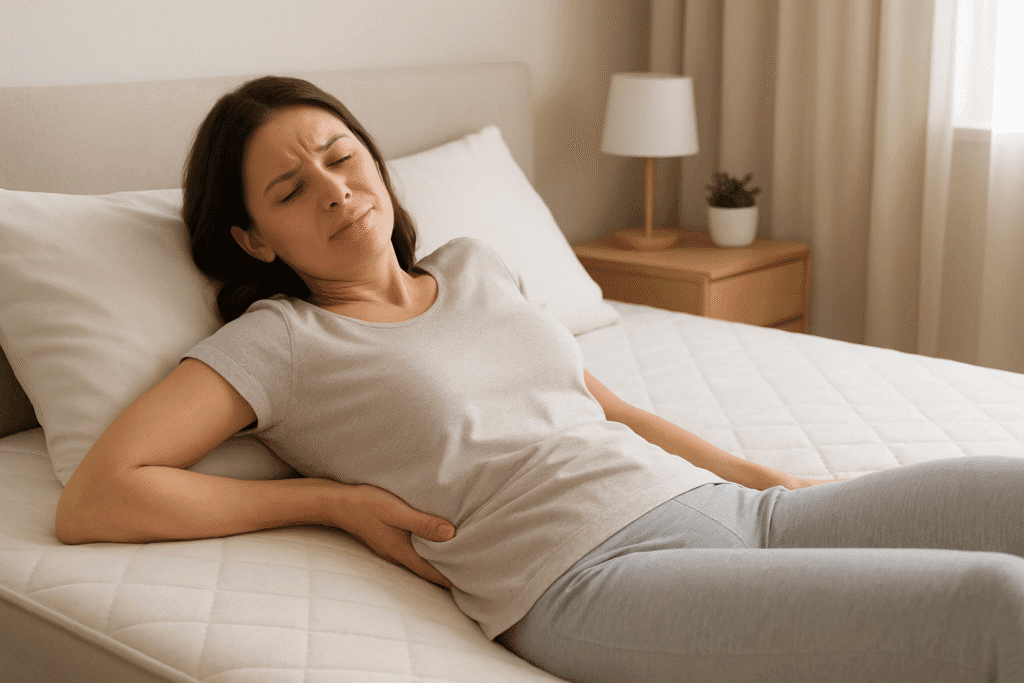
Which Bed is Good for Back Pain? Finding Your Perfect Sleep Solution
Back pain is a common ailment that can significantly impact your quality of life, especially your sleep. Waking up stiff or experiencing discomfort throughout the night often points to your bed as a potential culprit. When you’re asking, “Which bed is good for back pain relief?”, you’re on the right track to finding relief.
The truth is, there’s no single “best” bed for everyone with back pain, as individual needs and pain types vary. However, we can explore the features and types of beds that tend to offer the most support and comfort for a healthier spine.
The Foundation: It's All About the Mattress for Back Pain
Your mattress is the most crucial component when it comes to back pain relief. Here’s everything you need to look for and mattress types that are normally recommended:
- Medium-Firm is Often Key: While it was once thought that a very firm mattress was best for back pain, research and expert opinion now lean towards a medium-firm feel. This level of firmness provides you the right balance:
- Support: It keeps your spine in proper alignment, preventing it from sinking too much (which happens on soft mattresses) or arching unnaturally (which can happen on overly firm ones).
- Comfort: It allows for some contouring to your body’s natural curves, cushioning pressure points like your shoulders and hips.
- Types of Mattresses to Consider:
- Memory Foam: Known for its excellent contouring ability, memory foam moulds to your body, distributing weight evenly and relieving pressure points. This can be fantastic for isolating movement and providing targeted support to areas needing it most. Look for medium-firm options to avoid too much sinkage.
- Latex Mattresses: Similar to memory foam in contouring but with more responsiveness and bounce. Latex is durable, hypoallergenic, and provides a supportive yet pressure-relieving feel. It can be a great choice for those who want contouring without feeling “stuck” in the mattress.
- Pocket Sprung Mattresses: These mattresses feature individual springs encased in fabric pockets, allowing each spring to move independently. This provides excellent localised support and reduces motion transfer. The key is to choose one with a high spring count and quality padding for a medium-firm feel.
- Hybrid Mattresses: Combining the best of both worlds, hybrids typically have a pocketed coil base for support and bounce, topped with layers of memory foam or latex for contouring and pressure relief. They offer a balanced feel that many with back pain find beneficial.
Don't Forget the Bed Base for Back Pain
Even the best mattress won’t perform optimally on an unsupportive base.
- Firm, Flat Foundations: A solid platform bed, a sturdy divan base, or a slatted base with closely spaced slats (no more than 2-3 inches apart) will provide consistent support to your mattress.
- Avoid Sagging Bases: An old, sagging box spring or a bed base with wide gaps between slats can cause your mattress to sag prematurely, negating its supportive qualities and potentially worsening back pain.
Tips for Choosing Your Bed:
- Test Drive: If possible, lie down on different mattresses in a store for at least 10-15 minutes in your usual sleeping position.
- Consider Your Sleeping Position:
- Side Sleepers: Often need a mattress that’s soft enough to cushion shoulders and hips, but firm enough to keep the spine aligned. Medium-firm memory foam or latex can be excellent.
- Back Sleepers: Need consistent support to maintain the natural curve of the spine. Medium-firm options generally work well.
- Stomach Sleepers: Need a slightly firmer surface to prevent the hips from sinking too far, which can overarch the lower back.
- Body Weight: Heavier individuals generally require a firmer, more supportive mattress to prevent excessive sinking. Lighter individuals might prefer something slightly softer for adequate pressure relief.
- Trial Periods: Many mattress companies offer generous in-home trial periods (e.g., 90-100 nights). Take advantage of these to ensure the mattress truly works for your back.
The Bottom Line
For back pain, prioritise a mattress that offers a medium-firm feel, providing both proper spinal alignment and pressure point relief. Combine this with a supportive bed base, and you’ll be well on your way to more restful nights and a less painful back. Ultimately, your body holds the answers, so pay close attention to its signals and never hesitate to seek tailored guidance from a healthcare professional.
